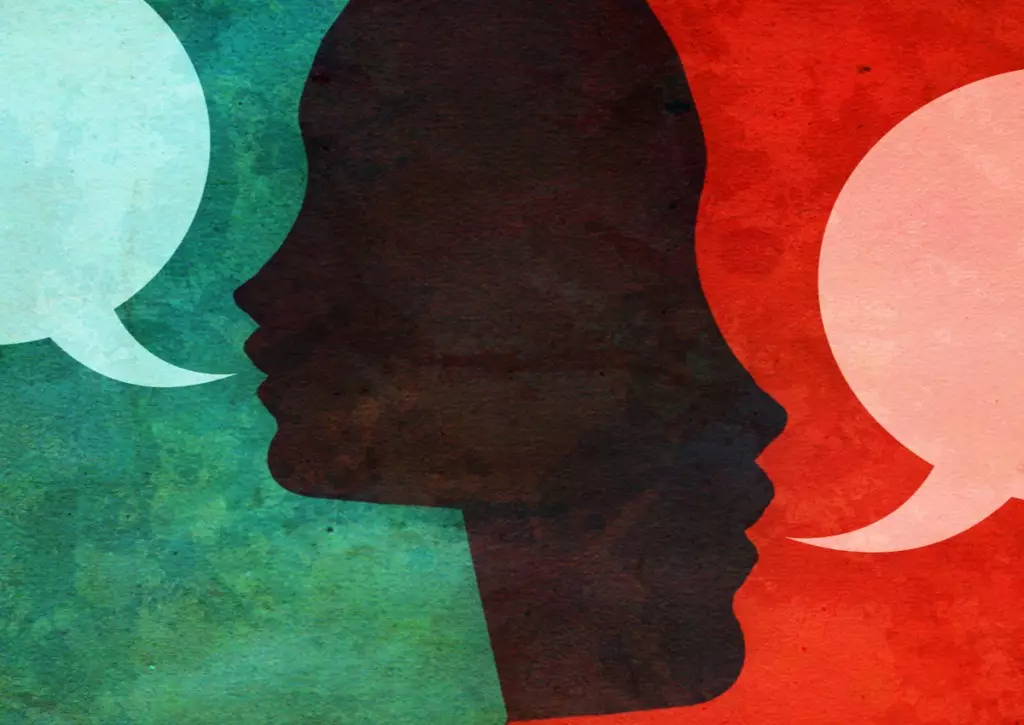The rapid evolution of artificial intelligence has revolutionized our daily communication landscape, with voice assistants becoming ubiquitous in homes, cars, and personal devices. Yet, beneath this veneer of convenience lies a significant challenge: how to make these systems truly inclusive. AI-driven speech recognition and conversational interfaces have historically favored clear, standard speech patterns, sidelining those with speech impairments or atypical vocalizations. As someone deeply involved in voice interface development, I recognize that the promise of AI isn’t just about efficiency or novelty; it’s fundamentally about empowering every individual to be heard and understood.
A shift from view of accessibility as an afterthought to a core design principle is essential. True innovation must embrace the reality of human diversity—and that includes recognizing the voices that fall outside conventional frameworks. The question isn’t just “Can AI recognize speech better?” but “How can AI make communication accessible, personal, and human for everyone?” This mindset propels us toward a future where speech interfaces are not merely functional but genuinely empathetic, capable of adapting to the unique vocal expressions of each user.
Breaking Barriers with Deep Learning and Transfer Learning
Traditional speech recognition models falter when faced with nonstandard vocal patterns—speech affected by neurological conditions, trauma, or developmental differences. This is where deep learning, particularly transfer learning, becomes transformative. By training AI models on diverse and atypical speech data, we can teach systems to interpret a wider spectrum of vocal styles. Transfer learning allows these models to leverage existing knowledge from standard speech datasets while fine-tuning to specific impairments, allowing for rapid adaptation without requiring enormous amounts of new data.
This technical breakthrough moves us closer to truly personalized voice systems. For instance, small datasets collected from individuals with speech disabilities can be used to generate synthetic voices that mirror their unique vocal qualities. These synthetic voices serve as digital avatars, providing users a means of expression that feels natural and authentic—an impressive step toward preserving vocal identity in a digital age. Furthermore, by involving users in data collection efforts through crowdsourcing, AI developers can expand datasets, fostering inclusivity and refining recognition capabilities for marginalized groups.
Real-Time Assistance: Making Conversation Seamless
The practicality of AI in improving everyday communication lies in real-time processing. Assistive speech augmentation systems are now capable of taking disfluent or delayed speech inputs and applying multiple layers of enhancement—clarifying articulation, inserting pauses, and conveying emotion. This layered approach turns AI into a collaborative partner, helping users maintain conversational flow and dignity. Imagine someone with stuttering or motor speech challenges speaking with confidence, supported by AI that smooths out speech irregularities without stripping away personal expression.
Complementing this are advancements in predictive language modeling, which learn individual speech habits, vocabularies, and sentence structures. Such models not only accelerate typing or speech output but also personalize interactions, making them feel more intuitive and human-like. When combined with multimodal inputs—like facial expressions or eye movements—AI systems can infer context and emotional nuances, leading to a richer, more natural dialogue.
A poignant example from my experience involves a user with late-stage ALS who could only produce faint vocalizations; yet, AI reconstructed her voice, capturing emotional tone and nuances. Witnessing her joyful response underscored the profound impact of inclusive AI—not just on communication, but on human dignity.
Beyond Functionality: Cultivating Emotional Connectivity
While speech recognition and augmentation are critical, the deeper challenge lies in enabling AI to understand and genuinely respond to human emotion. For users with speech disabilities, feeling understood transcends mere intelligibility; it involves emotional recognition and the ability to connect authentically. AI systems programmed with emotional intelligence can observe vocal cues, facial expressions, and contextual signals to gauge feelings, thereby customizing responses that resonate on a personal level.
This empathetic approach is a necessary evolution of voice technology. It shifts the aim from purely functional recognition toward fostering meaningful human-machine interactions that honor individual experiences. Such systems must be designed to support diverse communication needs, built on a foundation of inclusive datasets, and capable of interpreting non-verbal cues. Supporting these advances requires a conscientious effort to diversify training data, incorporate privacy-preserving methods like federated learning, and deploy edge processing to reduce latency—ensuring conversations flow smoothly and respectfully.
Market Opportunities and Ethical Imperatives
Supporting users with disabilities is both a moral imperative and a significant market opportunity. Globally, over a billion people live with some form of disability, many of whom face barriers in digital communication. By embracing inclusive AI, businesses can tap into underserved markets, demonstrate corporate responsibility, and set new standards for technological empathy.
Transparency is equally critical. Users must understand how their data is processed, especially when it involves sensitive speech or emotional nuances. Explainable AI models foster trust, making users more comfortable relying on these systems. Building AI that listens more broadly and responds more compassionately is not just a technical goal; it is a societal one. It demands a paradigm shift in how developers conceive of voice systems—moving from narrow, one-size-fits-all models to adaptive, human-centered architectures.
Ultimately, the future of conversational AI hinges on its inclusivity. If the goal is to develop truly intelligent systems capable of meaningful dialogue, they must be designed with empathy at their core. This is the challenge—and the promise—of inclusive AI: empowering every voice to be heard, understood, and valued in the digital realm.

